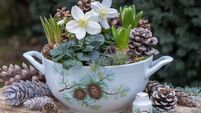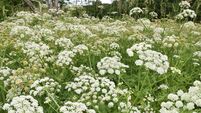Peter Dowdall: How to ensure a garden is catnip for biodiversity
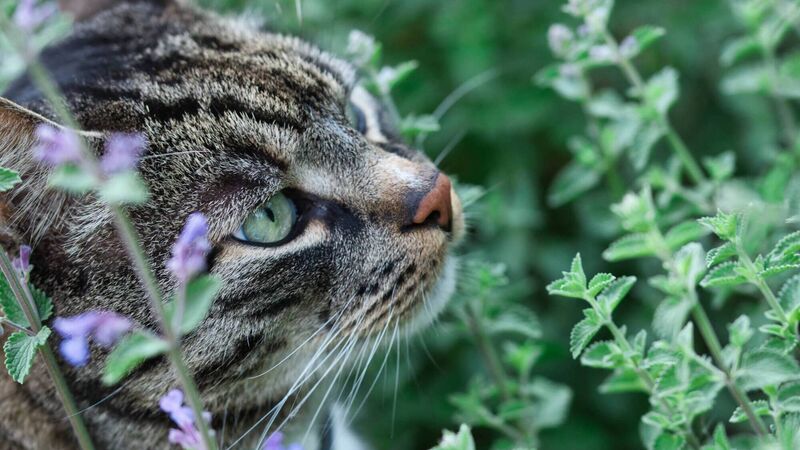
Cats love playing with catmint, perhaps not as much as its first cousin catnip, nepeta cataria. Picture: iStock
Later in the summer, clematis offers much larger and more showy blooms with varieties of C. viticella, which will flower from June-August, and varieties of Clematis tangutica which will extend the period of colour on your walls right into October and beyond.

Perhaps most suited to rambling up an old tree or farm building, it will add colour wherever you plant it but do be aware that it is a vigorous grower.
CLIMATE & SUSTAINABILITY HUB
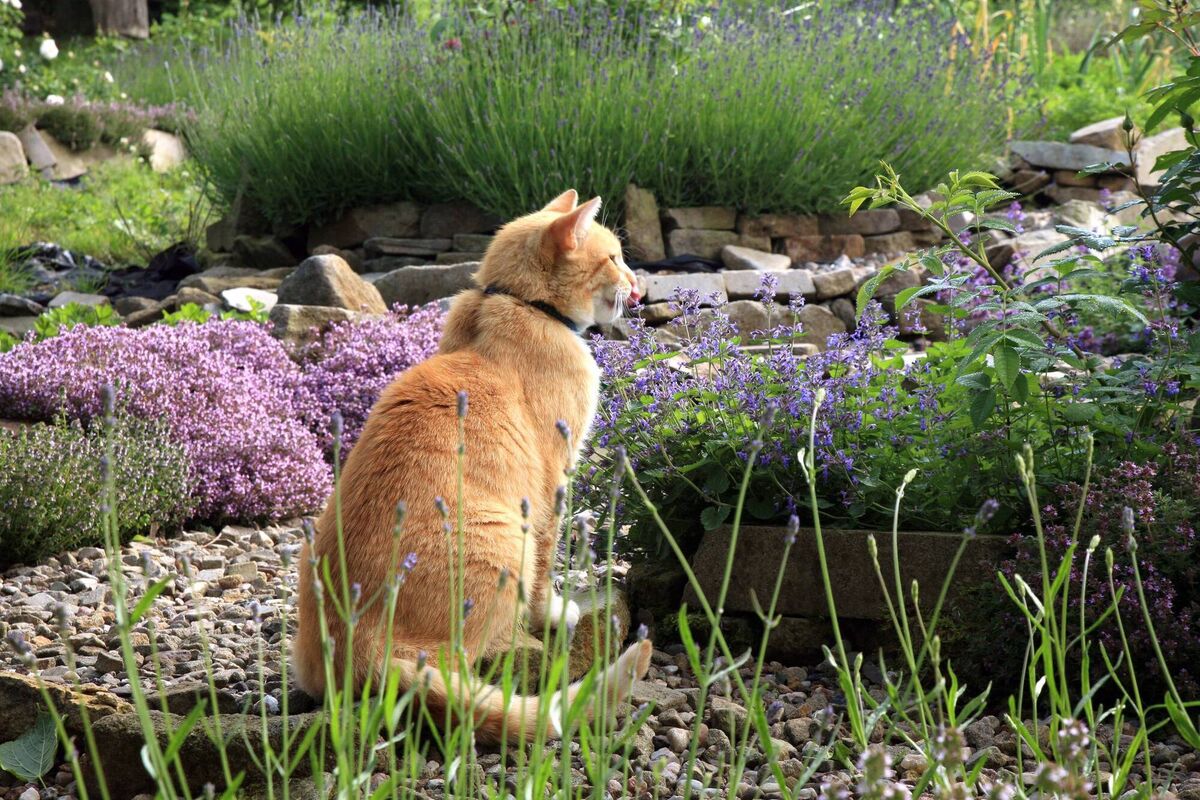
The verbena, lavender, salvia and coreopsis all enjoy full sun and well-drained soil as does nepeta and if space allows, add in some catmint to fill in the bottom area of the planting. Nepeta ‘Walker’s Low’ or Nepeta ‘Six Hills Giant’ will each give a fantastic display of blue, the two varieties just differing in overall height.
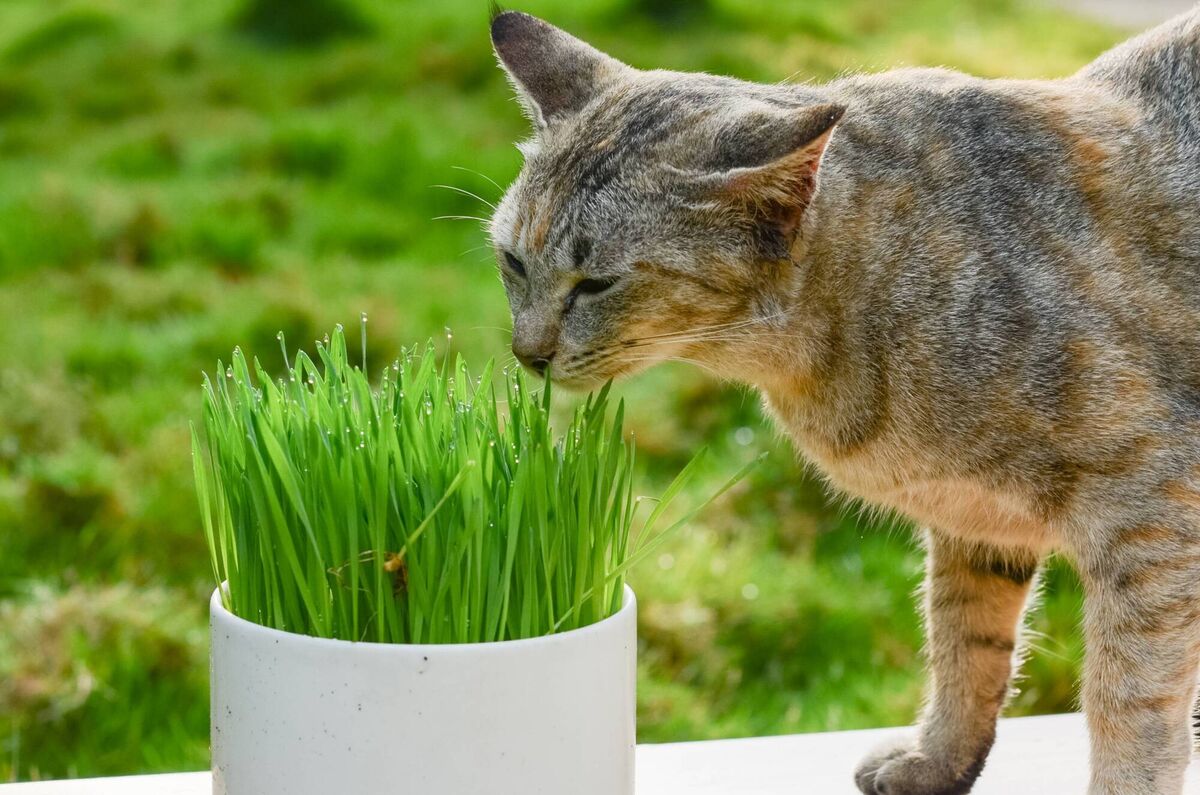

“If gardens across the country take action to support butterflies, it can make an incredible difference in addressing this decline.”


- Got a gardening question for Peter Dowdall? Email gardenquestions@examiner.ie




